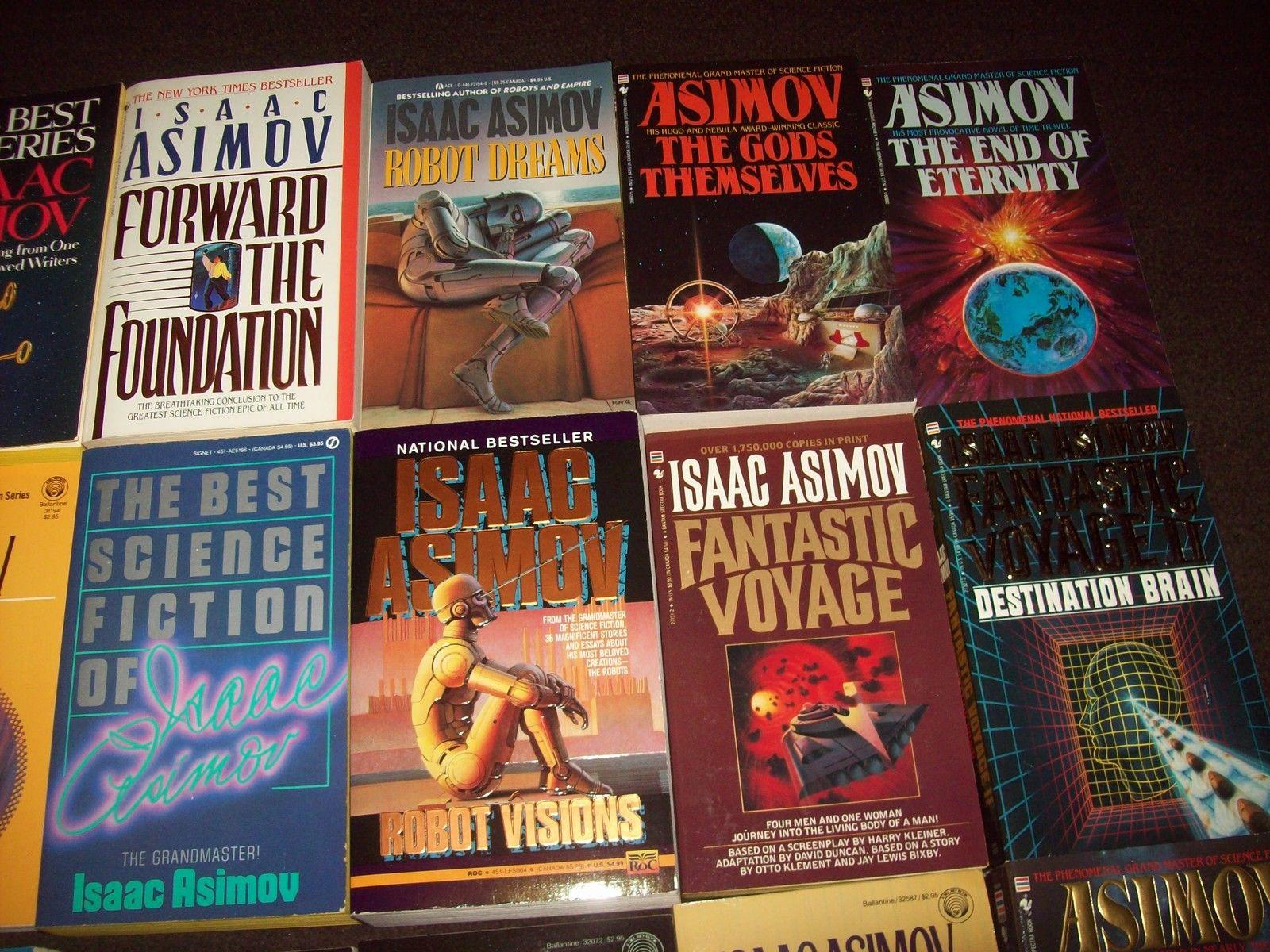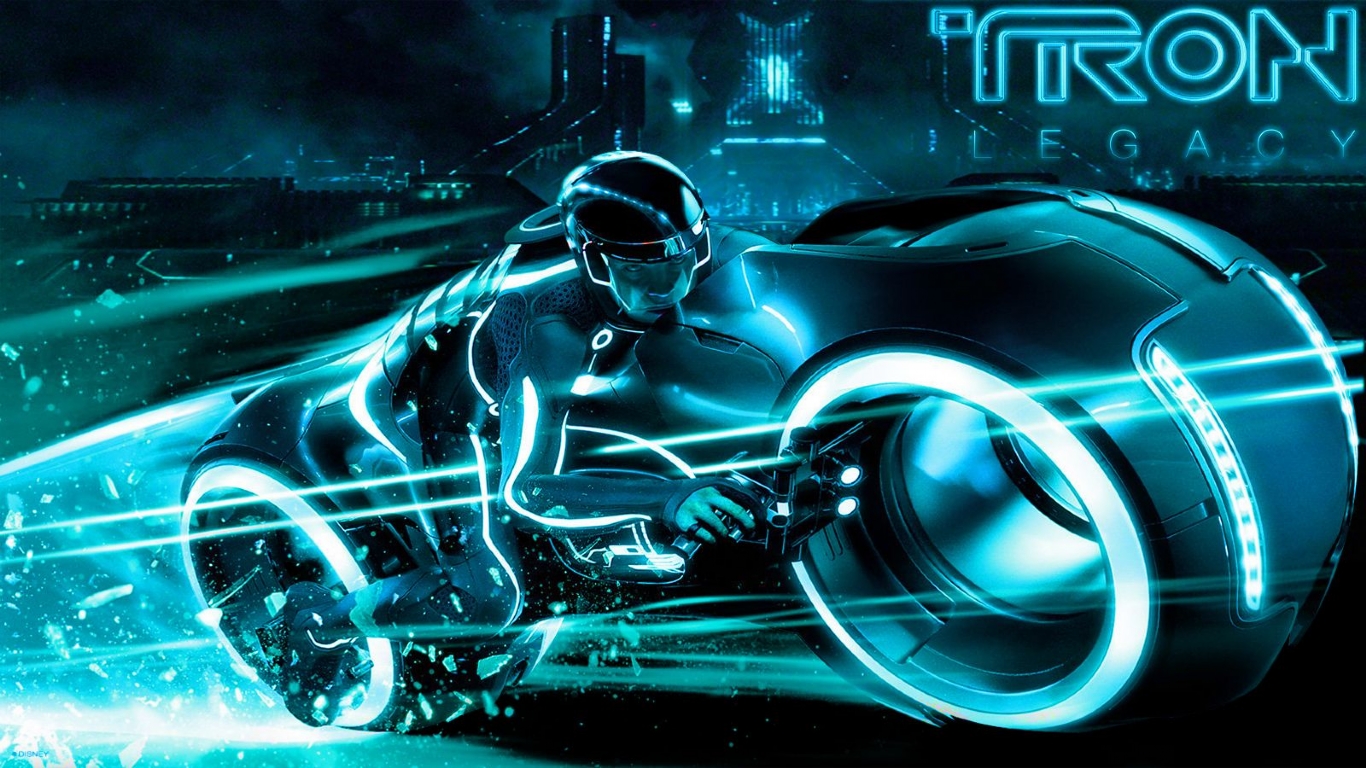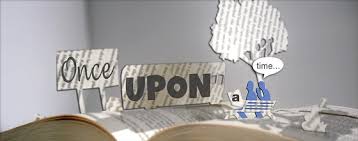Don’t tell us that the old lady screamed. Bring her on and let her scream.
– Mark Twain

Don’t tell us that the old lady screamed. Bring her on and let her scream.
– Mark Twain

If you’ve been paying attention to the news, you’d know that six days ago, the two biggest book publishing houses merged, creating one giant behemoth Penguin-Randomhouse. Books have become such commodities; the book industry has been consolidating since the 1960’s! Will mergers save the book industry? We’re so far down the end of The Long Tail in terms of what consumers buy in book titles that really the only SKU consistently populating brick and mortar bookshelves are “Idiot’s Guide” titles… because there’s an Idiot’s Guide to everything (ahem, I have the Idiot’s Guides to writing!).

No publisher in their right minds would speak to you without seeing a sound blueprint for monetizing and scaling up —so you design your books to be modular and scalable. Stand-alone books can hardly be relied upon to generate enough demand for print runs to breakeven. You’d need chapters that turn into books, characters that can spinoff into other plotlines, version 1 and versions 2 and 3 of your story…broken down into coloring books for children and adapted to coffee table format. And you’d still not sell enough. How many writers actually run the numbers on the economics of publishing books before they write?

Download the terms of agreements with various houses for various book formats — talk to an agent about sample margins from small-run trade paperbacks, read Google’s e-book agreement, Amazon’s digital text platform guide, see RandomHouse’s AllBooks terms of sale. Attend a webinar about the economics of book publishing. When you’re done with your business plan for the book then perhaps you’ll be where I am (and I’ve been making budgets for a multinational company for a decade), which is fully embracing storyworlds for transmedia.
Defenestrate: stories for books. Embrace: storyworlds for transmedia, 21st century blockbuster franchise production (a la Jeff Gomez of Starlight Runner Entertainment)

And if I can’t convince you, then I’ll let Vin Diesel do it. Vin Diesel is a walking success story of transmedia storytelling, with his Fast and Furious franchise. What Vin Diesel can teach you about transmedia? Well, for starters, that role-playing games (ever heard of Dungeons & Dragons?) are fantastic learning ground for extending narrative techniques across different platforms. Moreover, “Roleplaying games are fascinating as models for character and story development because they ask players to consider their characters outside of individual scenes, screenplays or platforms. This allows players to creatively imagine what happens in a platform neutral fashion before tailoring responses to a specific storyline. Thinking about these attributes gives Diesel the method to build characters across platforms, a wider canvas than a movie screen. ”

Hollywood has gotten so episodic. With the amount of capital investment required to produce movies, it would make far more sense to recycle all the material and make 6 Fast and Furious films than just one. Vin Diesel sold the same character/storyworld 6 times with one franchise (The 7th is coming!)! These are Fast & Furious franchise Box office numbers. As a point of comparison, take the Marvel Avengers. Iron Man, the Hulk, Captain America, Thor… all come together in one movie and each of them have their own blockbuster movies and sequels! See The Avengers Franchise Box Office Numbers. Did the original episodic comic books for children ever make as much?

A lot of our assumptions of the world are fairly cynical, fairly negative, and assume the worst. What our reading tastes show – in this rush to fantasy, romance, whatever – is that we actually still want to believe in a world of possibility, in a world of mystery.
Intellectual Property Rights for Books Explained
An idiot’s guide to how to protect my story 🙂
Disney is all about sparking the imagination. The imaginary world allows us to open doors, change our world, and be a better person. Ray Bradbury and Isaac Asimov come to mind. Were they just awesome predictors of the future? Or did they just have a vision of the future so compelling that they bent a generation?
Ray Bradbury and Isaac Asimov come to mind. Were they just awesome predictors of the future? Or did they just have a vision of the future so compelling that they bent a generation?

They got us to: “Completely suspend my disbelief.”
Walt Disney understood the power of story; he recognized that a story told across boundaries was even more powerful. Was Disneyland the original “transmedia” experience? Theme parks that served as places you could walk into stories and live with ones of these characters. Not designed as synergy references story (reference story in a another medium — which they also do, but it’s not what we’re talking about).
In Tron, Sean Bailey (who is Tron Legacy Producer / Walt Disney Studios President) says, we’re going to tell this story with different components that synergizes into a bigger story but with different elements told in different mediums (and are still part of the same universe). What a disruptive thinker.

Walt Disney is constantly innovating. It has never embraced the status quo because it recognizes that the forms of narrative are changing. This affects the relationships between the audience and the storyteller, relationships between the actor on stage and the viewer. TV is episodic. Movies are visual. Games expect us to engage (lean forward into a boundless story). Authors have to think of story systems and participants.

In 1952, Imagineering started as Walt’s very own private think thank outside rhte company. Today, it employs 1500 people from 140 different disciplines (sculptors, scientists, etc). They have a couple of rules:

1. Tell great stories
2. Bring characters to life (Now: in the real world, in the same, shared, space)
3. Make great places that fit right in with the story’s potential, present opportunities to explore and discover, and live alongside characters
4. New ways of engaging: new technologies, entertainment.
Here’s the sad fact that Scott Trowbridge openly admitted: “We don’t know how to make magic. We fake the magic through technology as a proxy, telling stories in a compelling manner.” And this is getting more sophisticated. The blueprint for it is completely global. “The sun never sets on a Disney experience.”
Audiences are changing. They have greater expectations and more access to information, which informs the immediacy with which they expect a story to come to you on your own terms. Stories now have to be much more engaging, to leave space for and to be more participative (the audience become co-authors).
Imagineering has been experimenting in stealth mode for a few years. For example, Legend of the Fortuna was run as a play-test during an opportunity in one of their theme parks. Guests were invited to live in a story. It was super creepy. They put hidden cameras everywhere. They got families who visited for 48 hours to participate in long-form role playing.
Another example was a detective story called Starlite Detective Agency, a detective story where they recruited people on Facebook, and then put players in a park so that they could collect evidence and upload videos on Facebook to get families and friends they were connected to, to text message them. So the people who were at home and in the park got to play.
This stuff is incredibly hard to scale. Especially in the real world.
For mainstream and emergent narratives, there is a lot of work done on behind-the-scenes technology: Story Engine is an Artificial Intelligence unit that creates stories in real time to allow it to evolve. They define the parameters of the storyworld, run a real-imer planner (like I2), and then interface it with a system that gets information out to players they need. It is like telling a computer how to tell a story, with multiple outcomes. “It works, mostly.”
Living Worlds program is Walt Disney’s show of commitment. They created a grant program for people who want to tell stories and make them happen. The “once-upon-a-time” program is open to everyone who wants to submit an idea. (You own the idea).

Dialogue is a two-way narrative. With the development of the Prometheus movie in 2011, “inside the box” content was stuff on a big screen. But audiences of Prometheus were not getting into that box until 2012 (a year later). There is a huge demand from audiences to tell more stories connected back to this world. What is this movie’s relationship to previous Alien movies? Instead of giving interviews to the New York Times, the makers decided, “let’s go put that content in a box… We’ll do a TED TALK for Weyland (with Guy Pearce giving the talk)…. Let’s do a commercial with Michael Fassbender as a robot…. ” (they were given the free rein by Universal to do this).

Damon Lindelof thinks of stories as metaphorical icebergs where you have to construct the whole iceberg but only the top part above the water level is ever seen. He speaks of LOST as connecting to a mythology so complex that it was getting hard to see the iceberg above and below the waterline. They were building a fan community that was incredibly impassioned. And making a case to do this. Which brings us to monetization. And the topic of marketing vs narrative. Marketing is what Disney spends to get people to come and see the narrative.